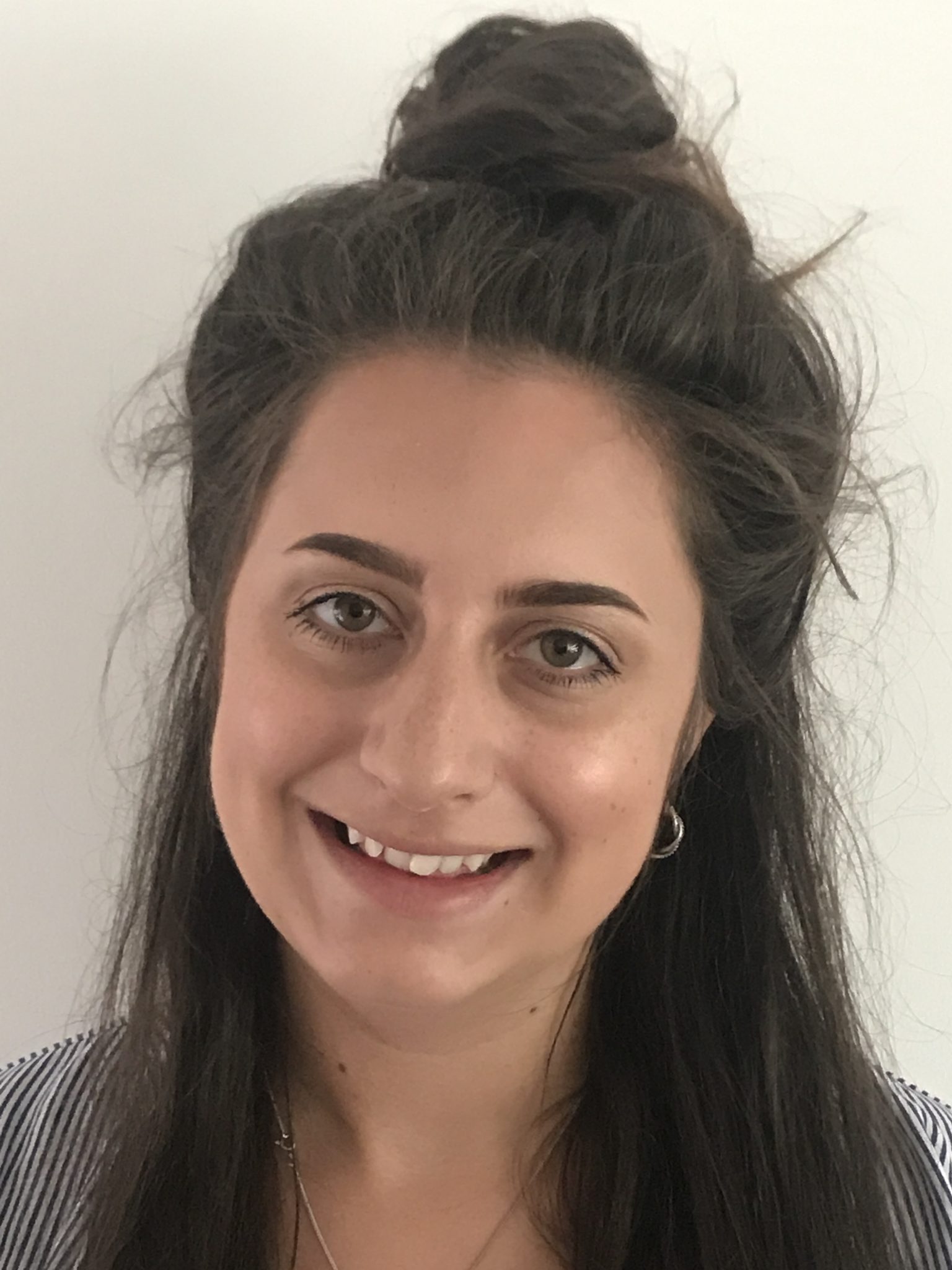Has dentistry gone backwards?
NewsPosted by: Dental Design 18th September 2020

Charlotte Gentry presents her first experiences as a newly qualified dentist.
As a newly graduated dentist, prevention in dentistry and public health measures were a huge part of our dental education throughout our time at University. There were hopes the new contract would be far more prevention focused and that the amount of treatment required would slowly reduce as the nation’s oral health improved. However, has Covid pushed us back several years? Is there going to be a new ‘heavy metal’ generation or – more likely – composite generation? I love minimally invasive dentistry techniques and prevention, and have discovered I am such an advocate for it over the course of my FD year – but how much are we going to be able to implement this in the months and years to come?
The full lockdown and limited access to dental practices highlighted how important prevention is. If patients had optimum oral hygiene, a good diet and the appropriate fluoride prescription, the dental problems that developed in patients throughout lockdown may not have occurred to the extent we are witnessing. We had to say goodbye to the three-monthly reviews, regular fluoride applications, regular check-ups in order for us to offer advice, oral hygiene instruction and the chance to catch things early. Lockdown demonstrated the importance of regular dental attendance and the huge role prevention has had in management of patients. It also highlighted what happens without it for four months.
Although this Covid period has highlighted the importance of prevention, I fear that those four small, yet long months may have put us back many years. I heard dentistry in this time being described as ‘prehistoric’. As we all slowly start to see patients again, the damage lockdown has done is becoming apparent. Lockdown has had many direct and indirect effects on people’s oral health. This period has come with heightened stress; broken restorations and fractured fillings seem to be found in every second patient from the grinding and clenching. Working from home has often meant people have had more time to snack on the things they shouldn’t and those who had limited caries experience are now presenting with lesions. It has been reported people have been drinking more alcohol during lockdown – increasing not only the risk of erosive and carious lesions but oral cancer too. On top of all this, with all these ‘high risk’ activities to people’s dental health, they have not been able to access us.
With the limited appointments and time we have, due to the measures we have in place, catching up with this treatment is going to take months. I may have a skewed view as I work in a very high needs area where treatment need was very high even before Covid-19. However, I am sure every dentist has noticed this increase in requirement for treatment. My fear is that as we try to clear this backlog, the delays for other patients and the limited time we have may mean we end up treating more than we do preventing again, and that it becomes a vicious cycle; in effect taking us backward.
On the other hand, this period could be utilised to open patients’ eyes to the importance of prevention, and really enforce it in our clinical practice. It is likely we are going to see patients less as we aim to get more treatment done in one session than over multiple, thus this long appointment time can be used to really home in on oral hygiene and diet advice. Use some of the fallow time for this oral health education (the fallow time begins from when you put down the drill), utilise some of that time to really build that rapport with the patient and educate them. Get those models out and really take the time to show the patient how to brush their teeth and get to the bottom of their diet.
If we can make the best out of this bad situation, it may be that we can prevent another treatment focused era and help prevent a wave of poor dental health from this Covid era.









